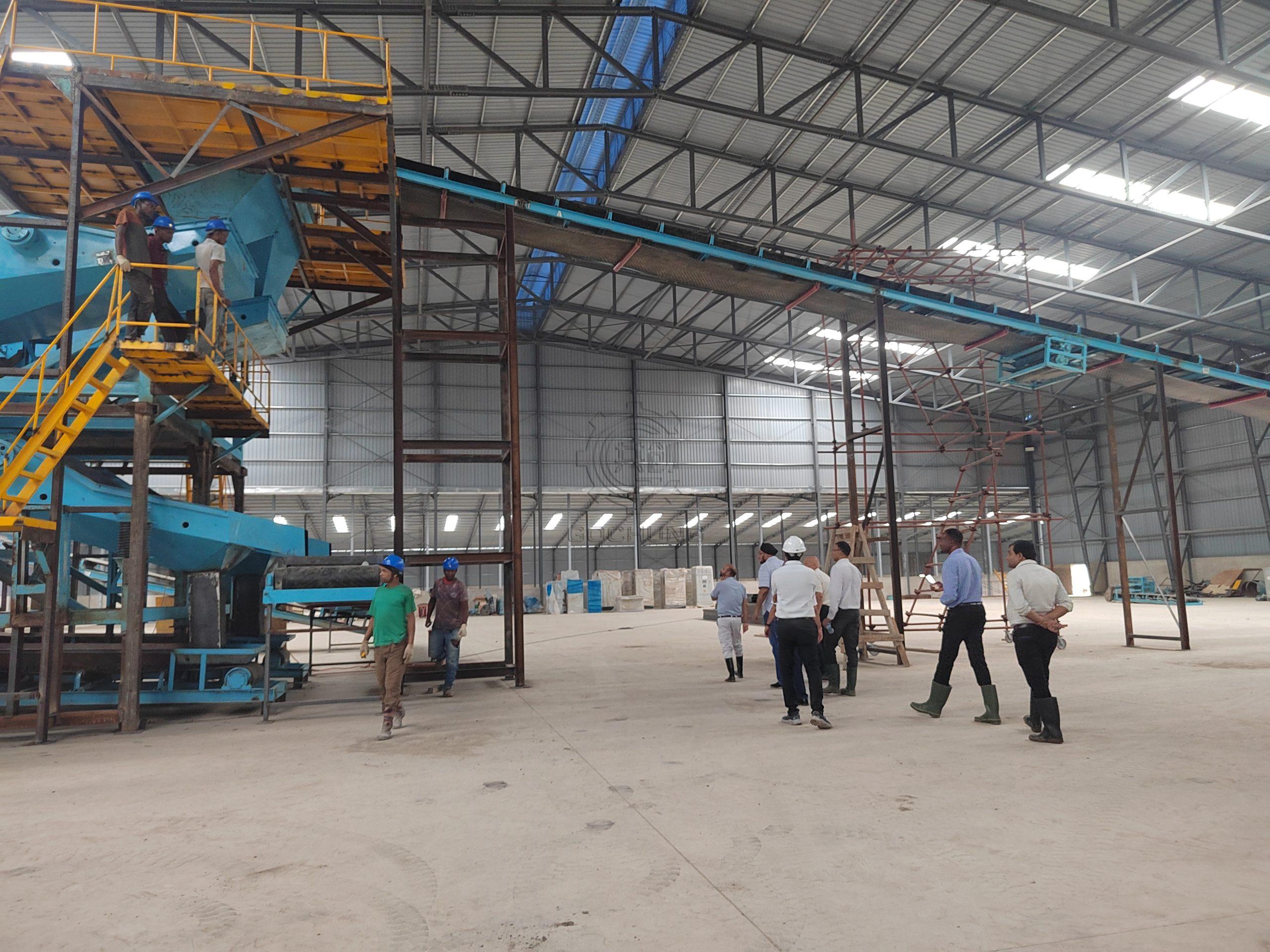To maximize efficiency, minimize downtime, and extend equipment lifespan in compound Compound fertilizer production line fertilizer manufacturing, a systematic daily maintenance routine is critical. This guide outlines actionable strategies to optimize Compound Fertilizer Production Linesperformance while adhering to industry best practices.
1. Pre-Shift Inspection Checklist
Implement a 15-minute pre-operation inspection protocol:
Mechanical Integrity Checks
Inspect granulators, mixers, and conveyors for loose bolts, misalignments, or abnormal vibrations.
Verify belt tensions and roller bearings in conveyor systems.
Examine extrusion molds for wear or clogging (common in NPK fertilizer lines).
Lubrication Management
Apply high-temperature grease to crusher bearings and mixer shafts.
Check automatic lubricators on rotary drum dryers.
Safety Systems Test
Confirm emergency stop buttons and overload protection devices are functional.
2. Mid-Production Monitoring
Real-time adjustments prevent cascading failures:
Moisture Control
Calibrate moisture sensors in drying drums hourly to prevent material caking.
Clean steam vents in urea-based fertilizer systems to avoid corrosion.
Granulation Consistency
Sample output every 2 hours to verify particle size (aim for 2-4 mm diameter).
Adjust disc granulator angles if >10% of pellets exceed tolerance.
3. Post-Production Cleaning Protocol
Residual materials cause 37% of compound fertilizer equipment failures (IFDC 2023 data):
Component Cleaning Procedure Frequency
Mixers High-pressure water rinse + anti-caking agent spray After each batch
Screens Ultrasonic cleaning for ammonium phosphate residues Daily
Piping Air purge for dust removal Every 4 hours
4. Wear-Part Replacement Schedule
Prevent unplanned downtime with predictive maintenance:
Critical Components
Granulator blades: Replace every 400 operating hours
Conveyor scrapers: Inspect every 72 hours
Dryer liners: Check thickness weekly (replace at <3mm) Use vibration analysis tools to detect early gearbox failures in crushers. 5. Staff Training & Documentation Conduct monthly maintenance workshops focusing on: Acid corrosion management in DAP/MAP production lines Dust explosion prevention in organic fertilizer sections Maintain digital logs using CMMS (Computerized Maintenance Management Systems) to track: Energy consumption per ton MTBF (Mean Time Between Failures) trends Implementing these compound fertilizer production line maintenance strategies can increase operational uptime by up to 40% while reducing repair costs. By prioritizing preventive care, moisture control, and staff competency, manufacturers ensure consistent output quality for NPK, SSP, and complex fertilizers.




